A herb similar to parsley, vegetables, weeds, wild and poisonous plants resembling it

The most common spice, at least in our country, is parsley.
However, novice gardeners often suffer from confusion about this table spice, deciding that a garden herb similar to parsley is what it is.
But it is important to consider that this approach can not only spoil the dish, but also harm your health.
Content:
- Wild herb similar to parsley, what plants have similar leaves
- A herb similar to parsley
- House plant similar to parsley
- Poisonous herb similar to parsley
- Weed similar to parsley
Wild herb similar to parsley, what plants have similar leaves
Despite the fact that there are quite a lot of plants with similar complex leaves, there is no danger of confusing a cultivated plant with a large number of herbs.

The most common and safe lookalikes include cultivated cilantro and
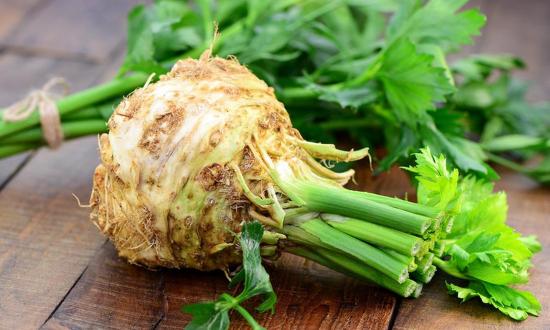
celery, as well as the wild representative creeping buttercup.
It is incredibly easy to confuse buttercup with a spice based on its appearance. At least until it blooms with its characteristic yellow inflorescences.
It differs from its cultural counterpart in the presence of tendrils, which significantly complicate the process of digging up a buttercup.
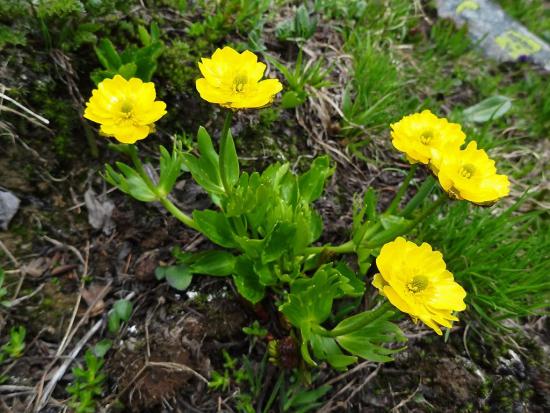
It is important to remember that this herb should not be used as food; in large doses it can lead to unpleasant consequences.However, in folk medicine, buttercup is often used as the main component for the preparation of preparations for external use.
Not all herbs are dangerous to health, but it’s still not worth the risk. If a plant similar to parsley suddenly appears in the garden, there is no need to risk it; it is better to use purchased greens or pick them from the garden bed where they were previously sown.
A herb similar to parsley
The greatest confusion in the kitchen occurs when cilantro and parsley appear next to each other on the table. It is quite difficult to distinguish these herbs externally, but they cannot be confused by their smell and taste.
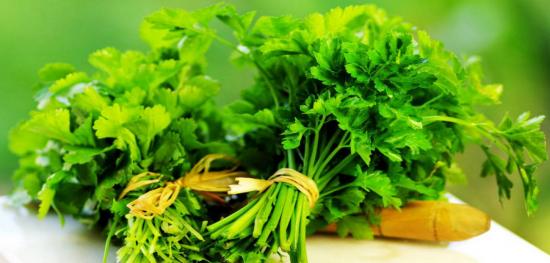
Cilantro has not only a rather specific smell, but also a taste. This combination was appreciated by chefs of Caucasian cuisine, but not everyone likes it.
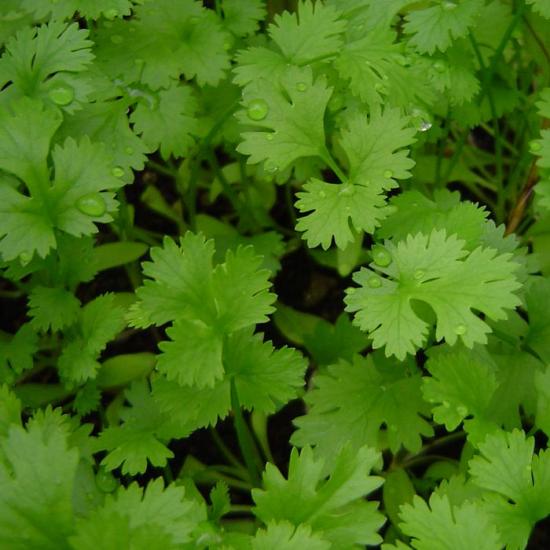
The so-called bug taste, characteristic of cilantro, goes well with oriental dishes, is perceived as original against the backdrop of a fancy sauce or emphasizes the taste of barbecue. But it is worth considering that not everyone is able to appreciate this originality.
Despite the fact that cilantro is quite reminiscent of the second spice, it is impossible to confuse the two by smell or taste.
It is better to take the latter into account and, before cutting the greens, check whether they are mixed up with each other.
Cilantro is a herb similar to parsley, let's watch a video about this spicy plant:
House plant similar to parsley
In contrast to cilantro, another plant vaguely resembles the plant in appearance, but is almost similar in taste. This herb is common chervil, an annual that grows up to half a meter in height.
The leaves are triangular, pinnately dissected, and outwardly it is quite difficult to confuse them with the foliage of a spicy herb.
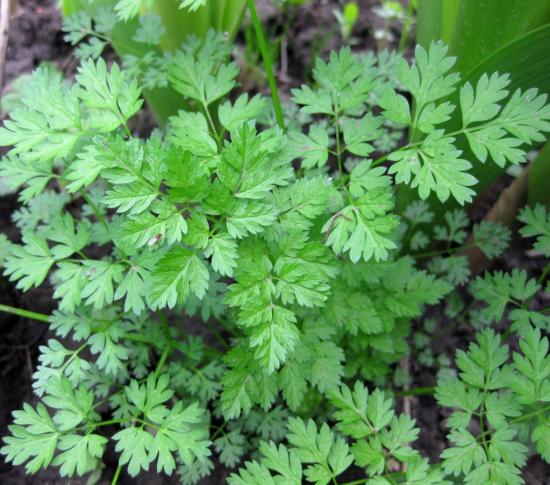
However, when added to food, chervil is not much different from the famous original.
However, despite some taste identity, it is not used for food. Chervil has gained wide popularity in alternative medicine and gardening; its fluffy thickets often decorate flower beds.
Despite the fact that it is difficult to distinguish plants by taste, it is not worth the risk of pulling chervil from the flowerbed to the salad. This is not a food crop and it is not recommended to replace traditional spices with it.
Poisonous herb similar to parsley
If you confuse this plant with its garden or weed counterpart, you can get indigestion or mild, but quite unpleasant, poisoning. However, there is a herb that is similar in appearance to the spice, but is deadly to humans - it is poisonous.
Despite the fact that this plant is not widespread throughout the country, it can still be found in the southern regions.
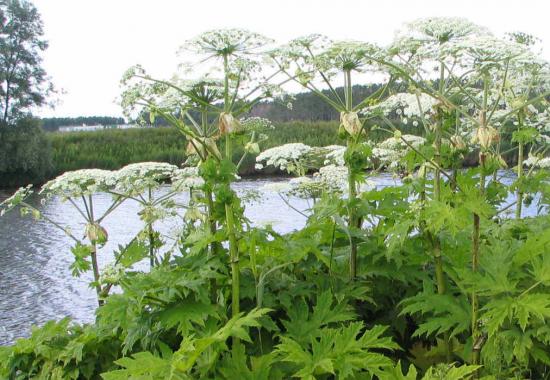
Externally, the grass very much resembles the cultural original, has a pleasant smell that does not cause concern and a high level of toxicity.
So, for comparison, just one hundred grams of leaves will be enough to lead to the death of a cow; a person will need even less.
Widely distributed throughout the countries of America, Europe and Asia, poisonous veh is an incredibly dangerous plant, the consumption of which leads to the death of unwary gourmets.
Interesting information about this poisonous plant is in the video:
And despite the fact that it is quite difficult to meet it on the territory of the country, it is not worth the risk. Parsley that appeared out of nowhere in the garden, where you did not sow it, is not the best addition to a salad.
Weed similar to parsley
Another representative of the flora that looks like the well-known spice is coke. It is often called simple dog parsley.
The danger of confusion with the cultural original is high at the beginning of the growing season, when the foliage and shoots are still thin. Gradually, the stalk stretches out and can reach a height of several meters.
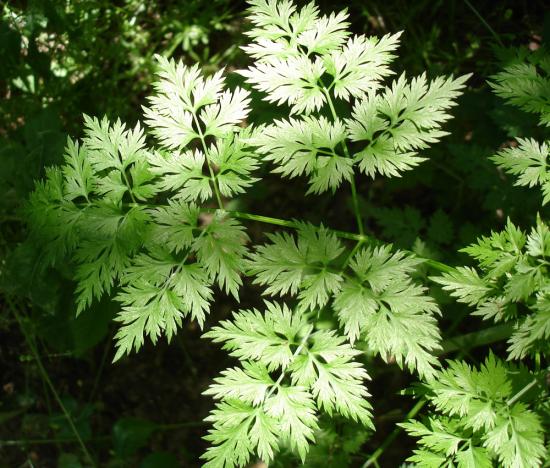
It is easy to distinguish it, even at the beginning of the growing season, by its smell; it is quite pungent and unpleasant.
You can find the kokorysh everywhere: on the outskirts of roads, fields, vacant lots, and it is quite difficult to remove it.
The only way is to destroy still young shoots, before the formation of seeds that could germinate next year.
It is important to consider that this is not only an unpleasant weed, but also a poisonous herb. Eating it is strictly not recommended.
There are quite a lot of herbs that outwardly resemble spices, and this would not be so dangerous if some of these look-alikes were not poisonous. To avoid trouble, it is not recommended to pick parsley where you did not plant it.

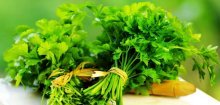
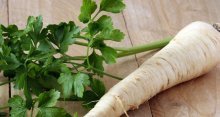

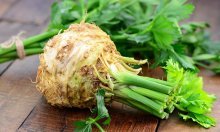
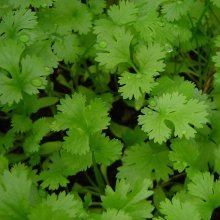
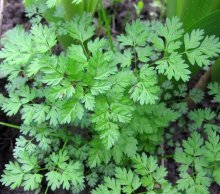
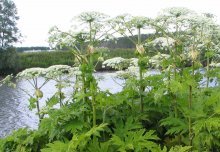
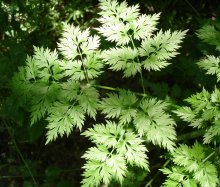
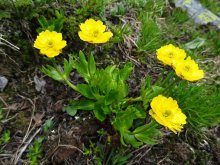
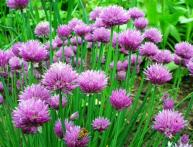
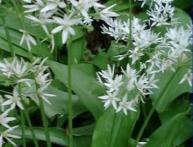
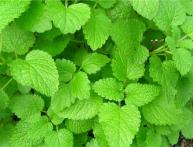
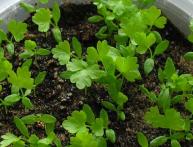
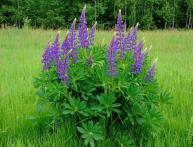
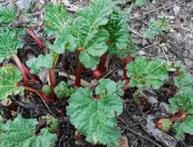
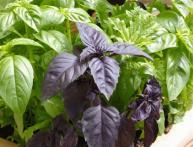
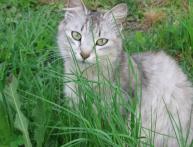
Comments
Anyone who rarely buys greens at the market may confuse parsley with another plant. But usually sellers themselves announce what they are selling. Selling weeds is not acceptable at all. I once mistakenly almost bought celery greens instead of a bunch of parsley. I was suspicious of the large size of the leaves and the seller said that it was celery, not parsley.
We always collect parsley, only from the beds where it was previously planted. It can be confused with celery, but parsley has a round stalk, and celery has a faceted stalk, therefore, these plants can be easily distinguished.
I prefer to identify greens by their smell, and parsley, cilantro and celery have very different smells.However, in our region there are no difficulties in this regard, because parsley, unlike dill, does not grow by self-sowing, and in order to pick it somewhere, it needs to be planted there,
We eat cilantro before it begins to set flowers. At this time, it does not smell of bedbugs, but has a pleasant smell. And during flowering we don’t go near the garden bed, we wait for the seeds - for some reason they are called coriander, although in general they are one plant. But parsley is difficult to confuse, it has such a specific smell, we eat it raw straight from the garden in bunches.